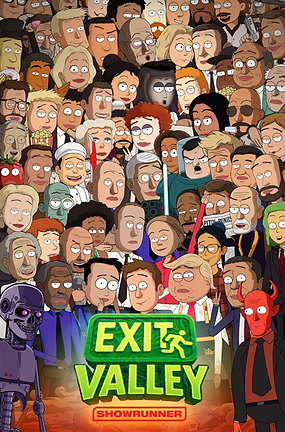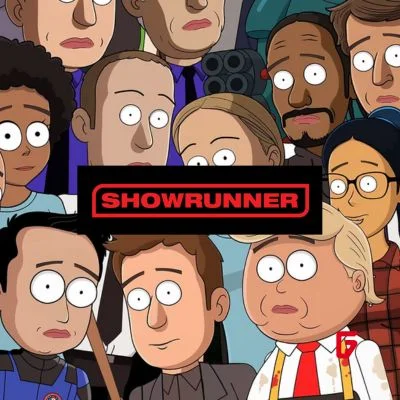Welcome to the "Netflix of AI"
The entertainment landscape is changing fast — and Fable, with strategic backing from Amazon, is at the forefront. This week, the San Francisco startup unveiled Showrunner, a pioneering platform that turns anyone into a TV show creator using nothing but imagination and a few lines of text.
What Makes Showrunner Stand Out?
Gone are the days of passively binge-watching endless episodes. With Showrunner, users can:
Create custom animated TV episodes or entire series by describing their ideas to the platform’s robust AI.
Upload selfies to star as animated characters, or bring friends, family, and even quirky internet personas into the action.
Remix and expand upon existing story-worlds or build new universes from scratch, all in a matter of minutes.
The first major spotlight is “Exit Valley,” a “Family Guy”-inspired satire that lampoons the tech elite. But this is just the beginning: Fable’s proprietary SHOW-2 model underpins the experience, handling scripts, voices, editing, and animation—all generated by AI.

Not Just a Tool—A New Creative Medium
Fable’s CEO, Edward Saatchi, calls it an evolution: “You’ll finish a show, then instantly create new episodes with just a few words. The audience becomes the artist.” For viewers-turned-creators, that means the ability to watch, shape, and even monetize shows, merging the boundaries between creator and consumer.
The platform is debuting with a flexible subscription model: $10–$40 a month gets you credits, which you can spend remixing scenes, generating new episodes, or interacting with other creators’ work. In an unprecedented move, creators earn revenue shares (up to 40%) when others use their content as story foundations or remix material.
The Vision: From Fandom to Film-Making
Fable’s big bet is that the future of entertainment is interactive, collaborative, and personalized. With Showrunner, creativity is truly democratized. Studios are taking note, too: Fable is negotiating with Hollywood giants like Disney, pitching IP licensing so fans might someday direct their own “Star Wars” or Marvel stories legally within the platform.
If studios climb on board, we could see branded creative engines—imagine “PixarGPT” or “Star WarsGPT”—letting fans build canonical adventures under official banners.
Opportunities and Questions Ahead
For all the excitement, there’s plenty of debate. Will AI-generated content dilute storytelling quality or displace human writers? Unions, critics, and rights holders are watching closely. Fable’s approach is to emphasize collaboration: combining structured, studio-driven story “templates” with user-driven remixing and episode expansion.
At the same time, the potential for viral, user-driven TV could lower barriers for aspiring creators, upend costs, and put the power of digital storytelling directly in the hands of audiences.
Fable’s Showrunner isn’t just a streaming service—it’s a creative playground where anyone can shape the future of animated storytelling. The lines between audience, creator, and even character just got a whole lot blurrier—and for the next generation of showrunners, that might be the most exciting episode yet.














